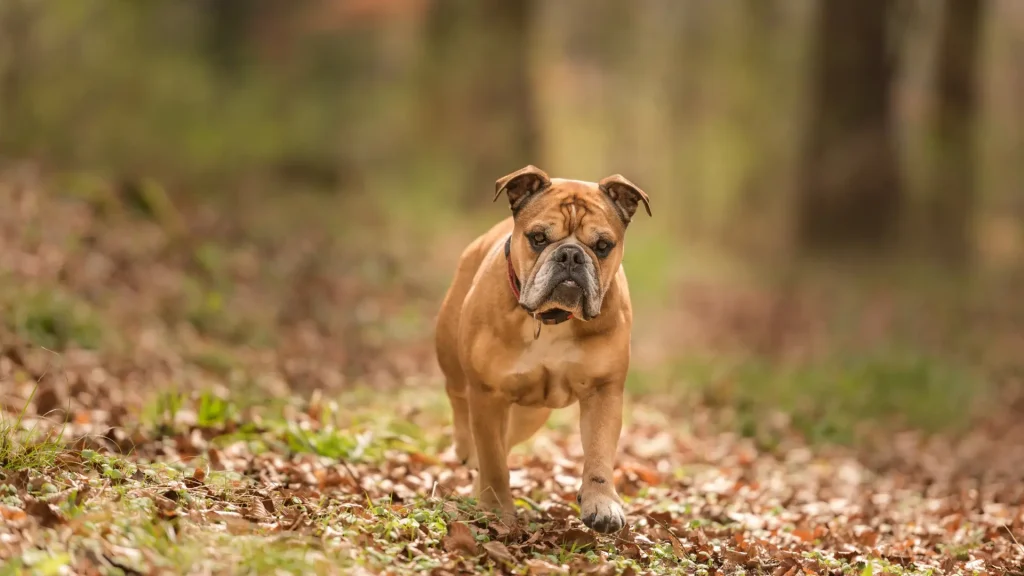When deciding whether to bring home a Continental Bulldog puppy, you can choose to buy from a breeder or adopt from a rescue. Each option has different benefits, especially regarding health background and ethical practices related to this newer breed.
Adoption vs. Breeder: Pros & Cons
| Criteria | Buying from Breeder | Adopting from Shelter/Rescue |
|---|---|---|
| Cost | Usually higher initial cost reflecting breed rarity and pedigree. | Lower adoption fees, often including basic vaccinations and healthcare. |
| Health History | Detailed health records and genetic screenings due to breed standards. | Health history might be limited, but shelters offer basic health checks. |
| Age Availability | Primarily young puppies, allowing early bonding and training. | Dogs of various ages, including adults, for those open to older pets. |
| Temperament Insight | Breeders provide lineage temperament info but limited on individual personality early on. | Shelter staff share behavior observations aiding temperament understanding. |
| Supporting Practices | Supports breed preservation and ethical breeding when responsible. | Reduces shelter population and offers homes to dogs in need. |
| Ethical Considerations | Needs careful breeder choice to avoid overbreeding. | Promotes animal welfare by rescuing instead of encouraging breeding demand. |




















































